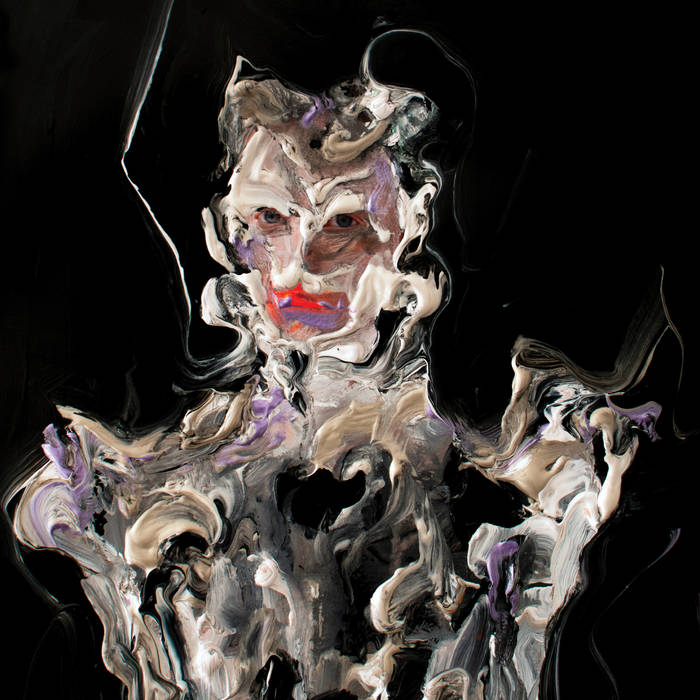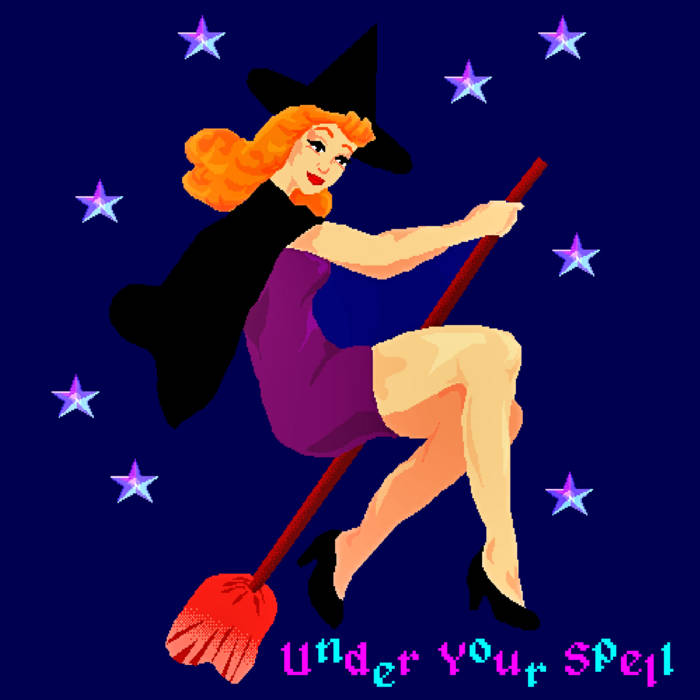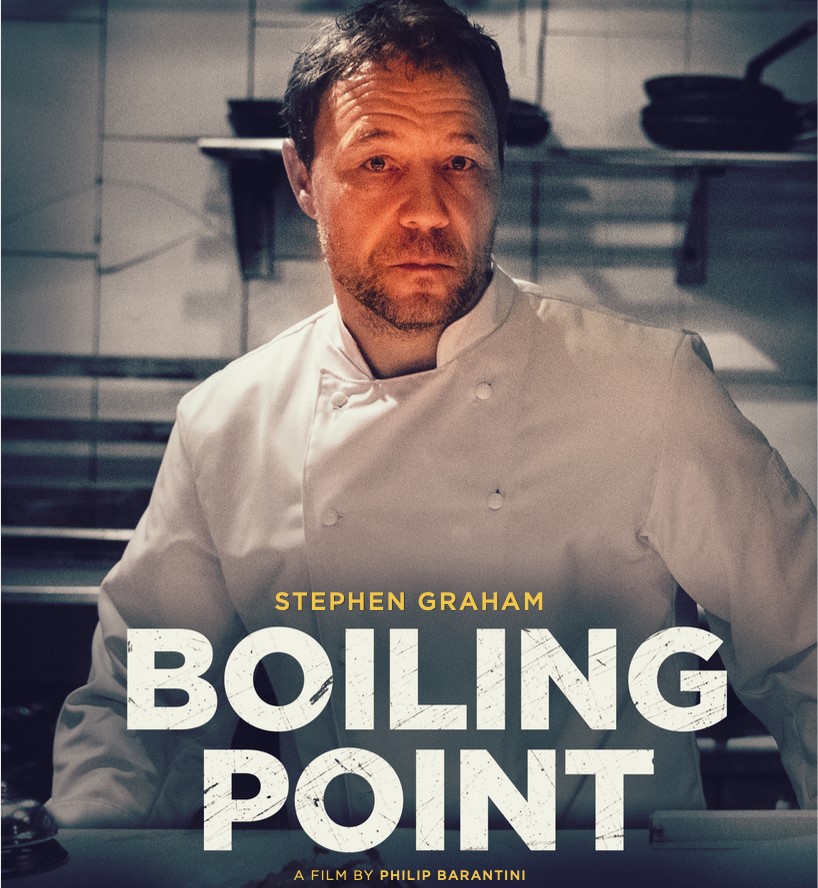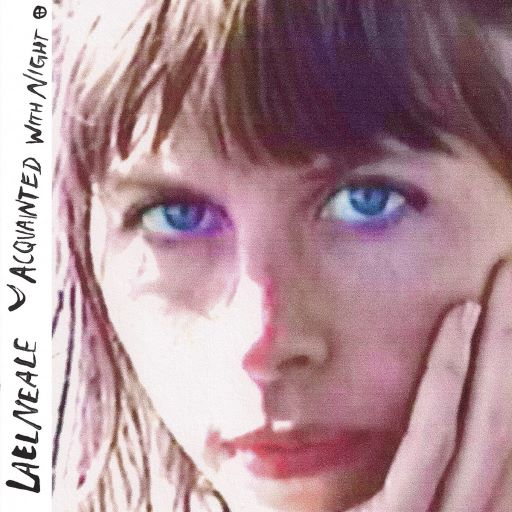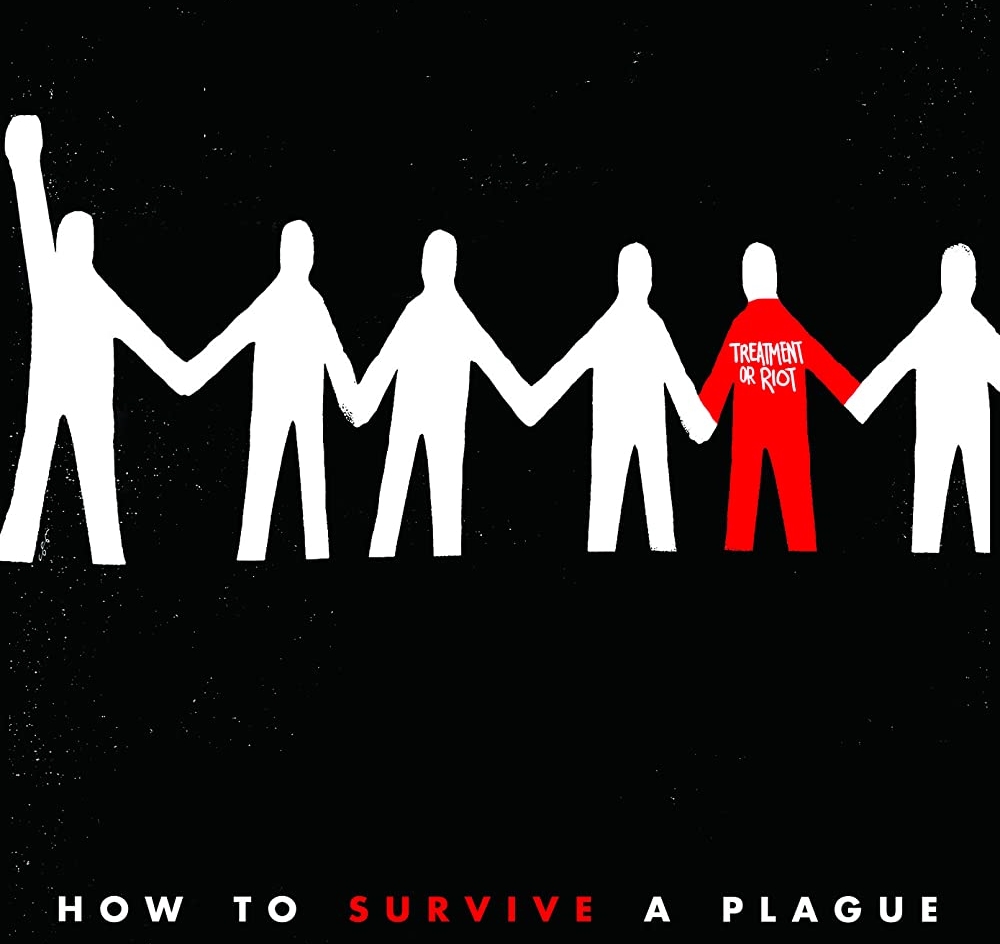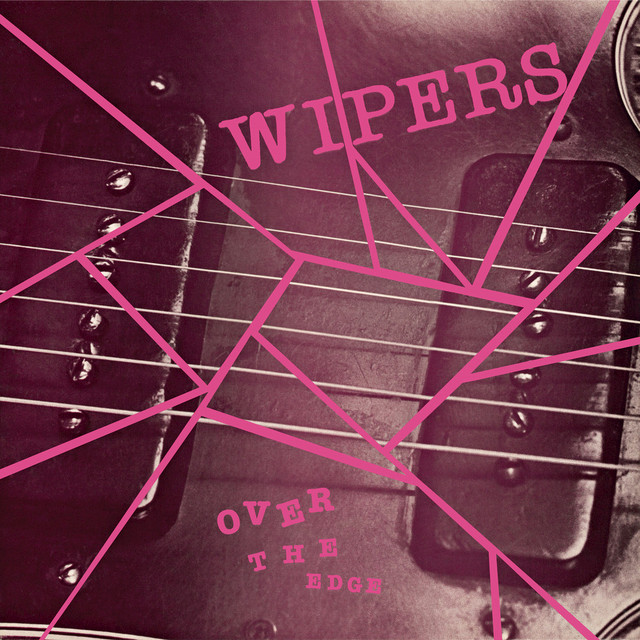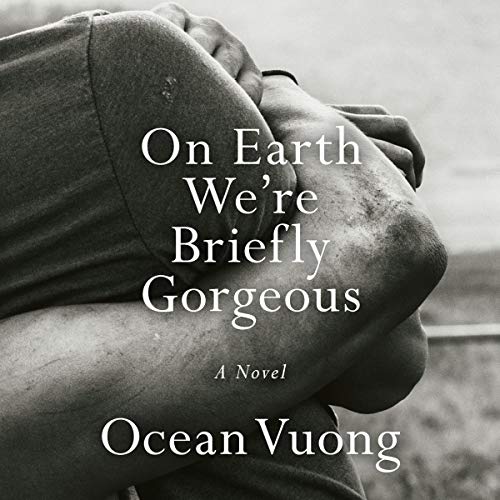ALBUM: “Ugly Season” by Perfume Genius
RELEASE YEAR: 2022
LABEL: Matador Records
RATING: 5/10
BEST TRACKS: “Hellbent”, “Photograph”, “Pop Song”
FCC: None
Experimental artists like Perfume Genius are always creating new sound combinations for our ears to devour, but sometimes their music doesn’t quite land. At least that’s how I feel about “Ugly Season”.
Perfume Genius (Mike Haderas) constantly revises and adds to his unique sounds, and usually I cannot stop listening to his releases. For me, “Set My Heart on Fire Immediately” was an instant success. The lyrics and slow nature of the songs were my favorite parts, but I didn’t find that comfort in “Ugly Season”.
Best Bits:
I did end up enjoying a few tracks on this album, but they really don’t compare to the joy I get from listening to any of Perfume Genius’ earlier works.
“Pop Song”, even though it has a boring name, is one of the most upbeat songs on the album. The glitzy electro beats that introduce the song promise electric dance beats to ensue. The discordant instruments on this track are another reason I like this song. They flash in your ears and call you to listen a bit closer to the chaos.
In “Photograph” there is a deep dark undertone throughout the track. Haderas also uses a deeper, more somber voice to increase this dark presence. Also, I am not sure why but this track reminds me of the Radiohead song “Paranoid Android”. “Photograph” does what I wish the entire album could do, and that is use Haderas’ lovely voice with the heavy, melancholic sounds that permeate the album.
I think “Hellbent” is my overall favorite track from the album. The warbling reverb beat and eerie noises create a fun creepy atmosphere that I would not mind sinking myself into. Perfume Genius’ voice left me feeling like I was in a car that was constantly breaking so quickly my head would snap back and forth between the headrest and dashboard. There is so much fun chaos on this track compared to the monotony of the rest of the album.
The Rest of the Album:
Honestly, the rest of the album is so similar to itself that it makes it difficult for me to pick what I didn’t like the most.
The last half of the album is stronger than the front end. Maybe if “Just a Room” wasn’t the introductory song I would have been able to “click” with the sounds more. I can’t invest myself into an album if it doesn’t strike out and grab my attention immediately.
A lot of the tracks felt like they went on too long. Don’t get me wrong, I love extremely long songs (like Klaus Schulze’s “Dune” album). In “Ugly Season” I didn’t want to listen to anything over 5 minutes long (except “Hellbent”).
Conclusions:
I wish I enjoyed this album more. Perfume Genius makes amazing music and all of Haderas’ early works are easily revisitable, but I don’t think “Ugly Season” will be one of those albums for me.
There are definitely a lot of appealing sounds and decisions made in this album that many people besides myself could enjoy. Some sections of “Ugly Season” were too quiet or too discordant, and I love Death Grips but their discord has rhythm. “Ugly Season” fails to add meaning behind the sounds for me.
I am excited to see where this album will lead Perfume Genius’ music in the future because it holds so many possibilities to branch off of.

